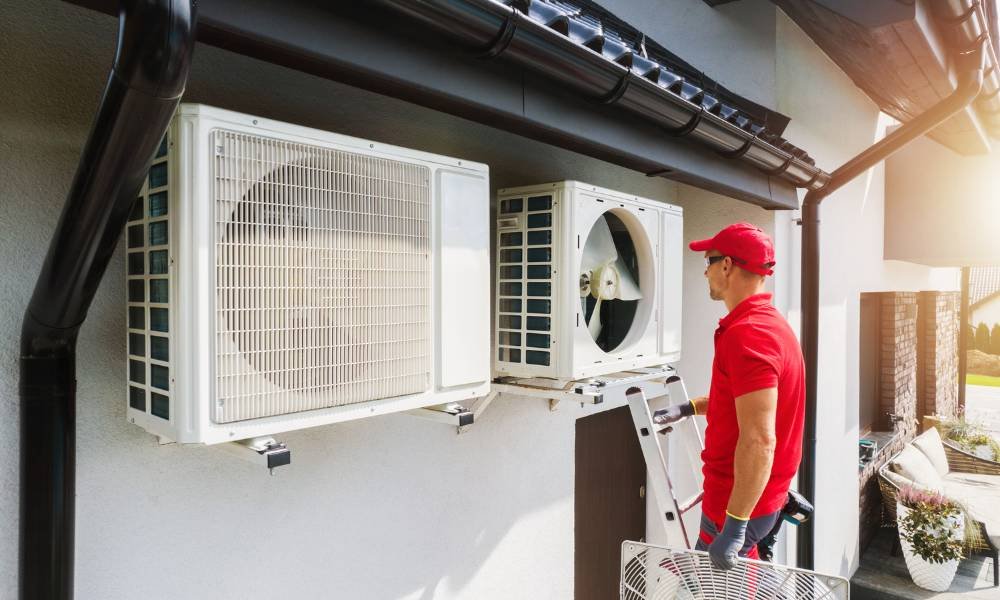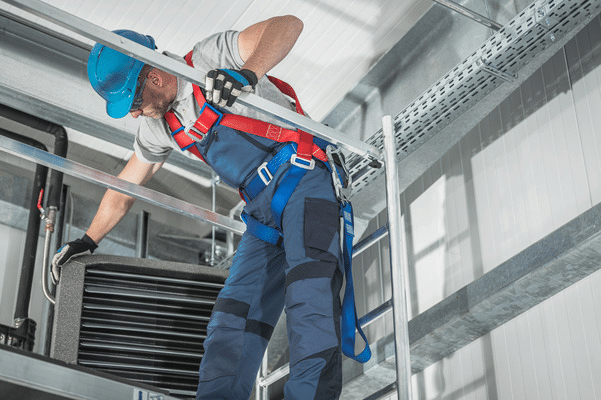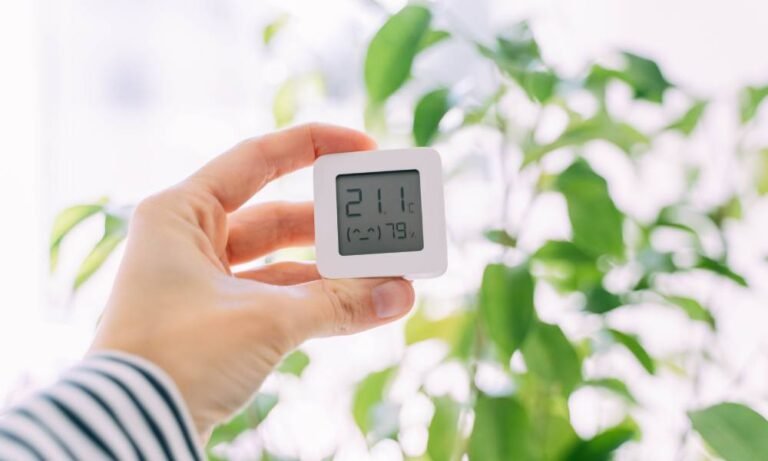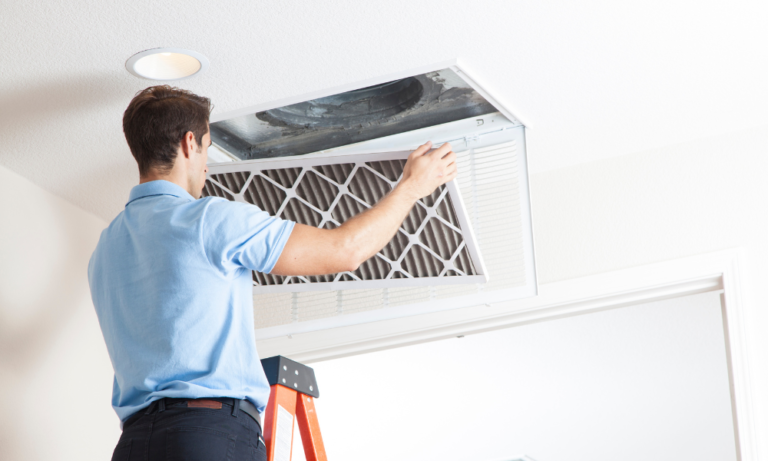Estimated reading time: 5 minutes
Heating and cooling systems are essential to maintaining a comfortable home, but there’s no shortage of myths surrounding how they work. Unfortunately, believing these misconceptions can lead to wasted energy, higher bills, and unnecessary wear on your system. As someone with years of experience in the HVAC field, I’ve heard them all—and I’m here to set the record straight.
What You’ll Learn:
- Myths about HVAC efficiency and thermostat settings.
- Misconceptions about maintenance and energy costs.
- Practical tips to optimize your heating and cooling system.
Let’s debunk these myths together and get your system running smoothly, efficiently, and cost-effectively.
Myth #1: Bigger Systems Are Always Better
It’s easy to assume that a larger HVAC system will heat or cool your home more effectively. After all, more power means better performance, right? Not exactly.
The Reality
An oversized system can create more problems than it solves. It will cycle on and off frequently, leading to uneven temperatures and increased wear and tear. Plus, it won’t run long enough to dehumidify your home properly, leaving you feeling clammy in summer.
What to Do
The key is choosing a system that’s sized correctly for your home. An HVAC professional can calculate the load requirements based on your home’s square footage, insulation, and layout. Bigger isn’t always better; right-sizing is the way to go.
Myth #2: Closing Vents in Unused Rooms Saves Energy
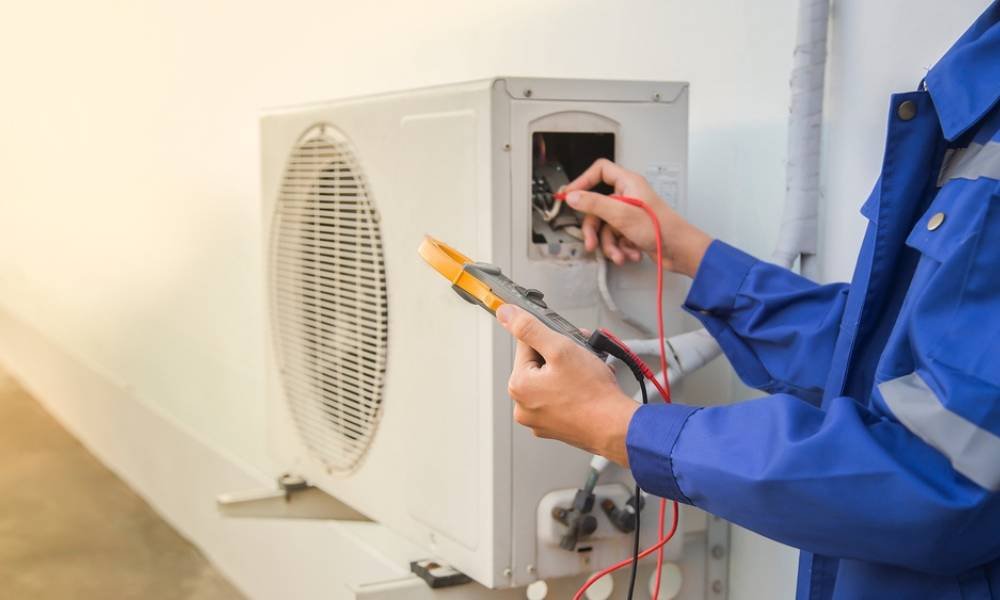
Many people think shutting vents in rooms they rarely use will reduce energy consumption. While it sounds logical, it’s a myth that can harm your system.
The Reality
Closing vents disrupts the airflow in your system, causing pressure imbalances. This strain forces your HVAC to work harder, potentially damaging components like the blower motor or ducts.
What to Do
Instead of closing vents, consider installing a zoning system. It allows you to control the temperature in different areas of your home without stressing the system.
Myth #3: Air Filters Only Need to Be Changed Once a Year
If you’ve been changing your air filters once a year—or not at all—it’s time to rethink that approach.
The Reality
Dirty air filters restrict airflow, making your system work harder and reducing efficiency. They also allow dust and allergens to circulate, which isn’t great for indoor air quality.
What to Do
Inspect your filters monthly and replace them every 1–3 months, depending on usage. If you have pets or allergies, you might need to replace them more frequently.
Myth #4: Turning the Thermostat Way Up or Down Heats or Cools Faster
Have you ever cranked up the thermostat to 90°F in hopes of heating your home faster? I hate to break it to you, but it doesn’t work that way.
The Reality
Your HVAC system heats or cools at a consistent rate, regardless of the thermostat setting. Setting it too high or low will only lead to overshooting your desired temperature, wasting energy and requiring manual adjustments.
What to Do
Set the thermostat to your desired temperature and let the system do its job. A programmable or smart thermostat can help maintain consistent comfort without the guesswork.
Myth #5: Regular Maintenance Isn’t Necessary
It’s tempting to skip routine maintenance, especially when your system seems to be running fine. But ignoring maintenance is one of the costliest mistakes you can make.
The Reality
Regular tune-ups keep your system running efficiently and help catch small issues before they become major problems. Think of it like an oil change for your car—necessary to avoid breakdowns.
What to Do
Schedule professional maintenance twice a year: in the spring for your air conditioner and in the fall for your furnace. It’s a small investment that pays off in the long run.
Myth #6: Energy-Efficient Systems Always Lower Energy Bills
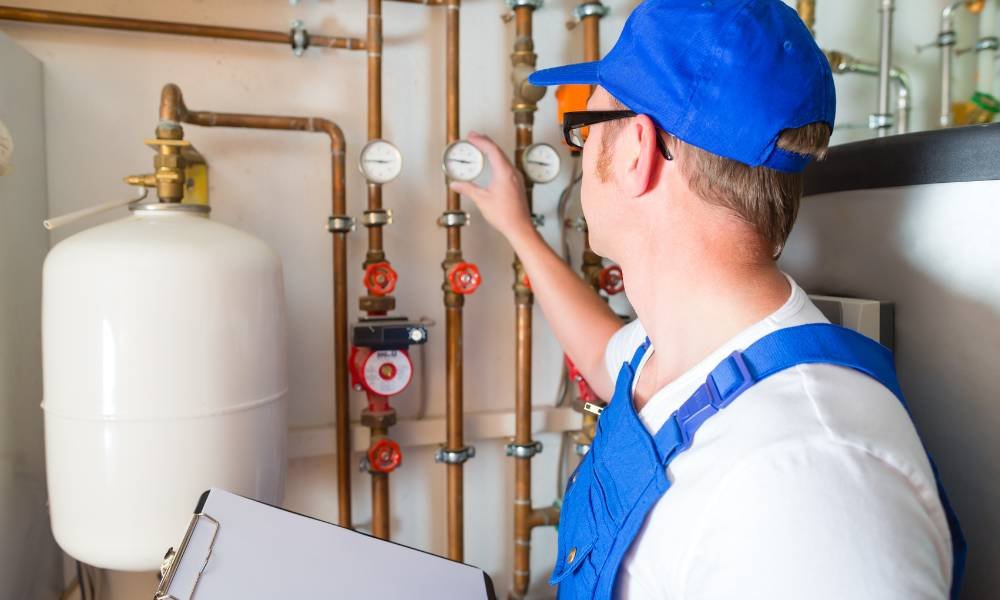
Buying an energy-efficient system is a great step, but it’s not a guaranteed ticket to lower utility costs.
The Reality
Efficiency ratings only tell part of the story. An improperly installed or oversized system, poor insulation, or leaky ducts can negate the benefits of a high-efficiency unit.
What to Do
Work with an experienced HVAC professional to choose and install the right system for your home. Pair it with proper insulation, sealed ducts, and a programmable thermostat to maximize savings.
Myth #7: Turning Off the HVAC System Saves Energy
Turning your system off completely might seem like a good way to cut energy use, but it can cause problems.
The Reality
When your system is off, indoor temperatures can fluctuate dramatically, especially in extreme weather. This forces the system to work harder to restore comfortable conditions when it’s turned back on, using more energy.
What to Do
Instead of turning the system off, set it to an energy-saving mode or adjust the thermostat a few degrees higher in summer and lower in winter while you’re away.
Tips for Avoiding HVAC Misconceptions
- Consult Professionals: Trust experts for advice tailored to your home and system.
- Do Your Research: Verify the credibility of online sources to avoid falling for myths.
- Ask Questions: Don’t hesitate to ask your HVAC technician for clarification during service visits.
Conclusion
Believing common myths about heating and cooling systems can lead to inefficiency, higher bills, and even costly repairs. By separating fact from fiction, you can optimize your system’s performance, save money, and extend its lifespan.
If you’re unsure about your system or need help busting more myths, reach out to a trusted HVAC professional. Sometimes, the best way to stay comfortable is by asking the right questions—and avoiding the wrong advice.
